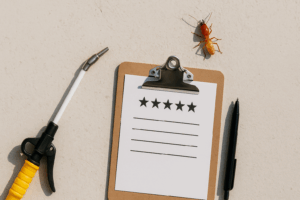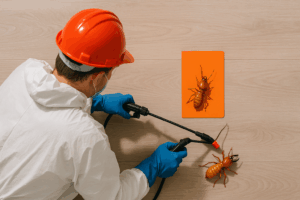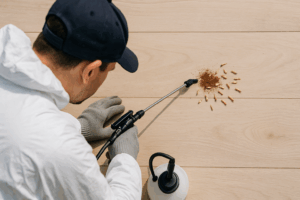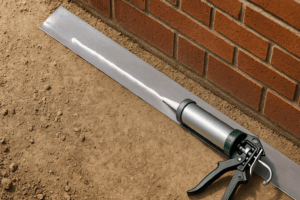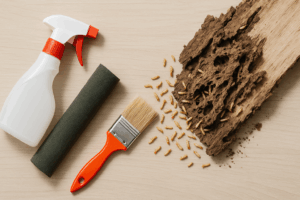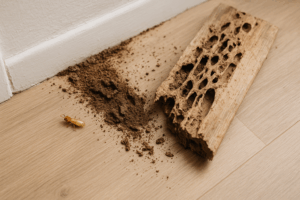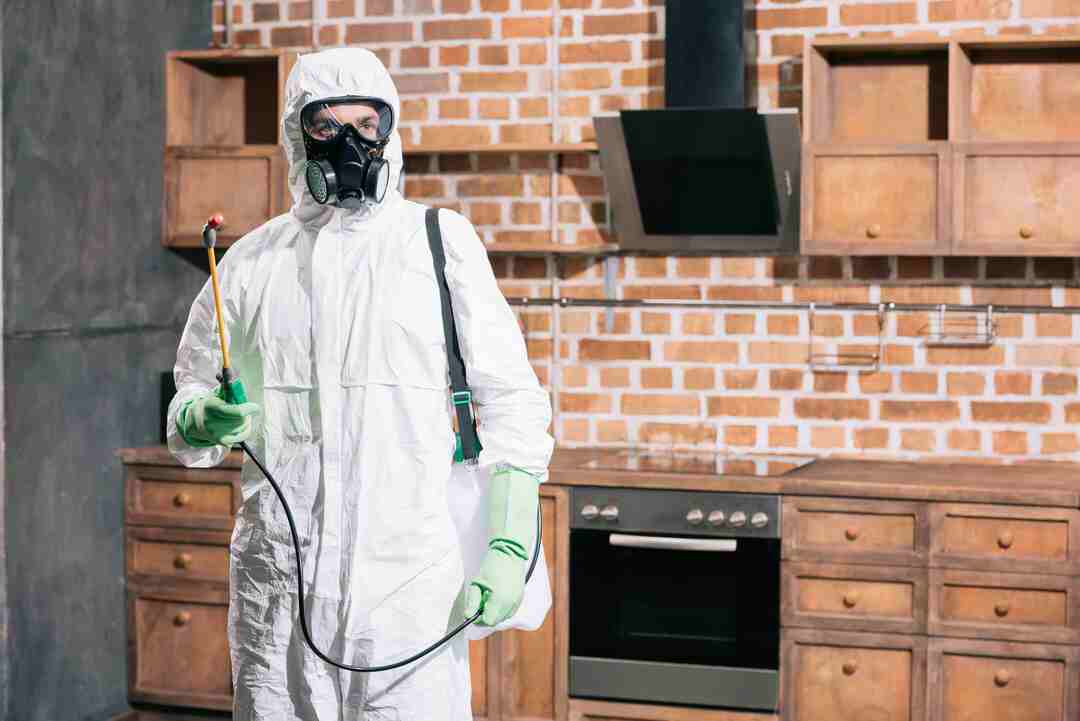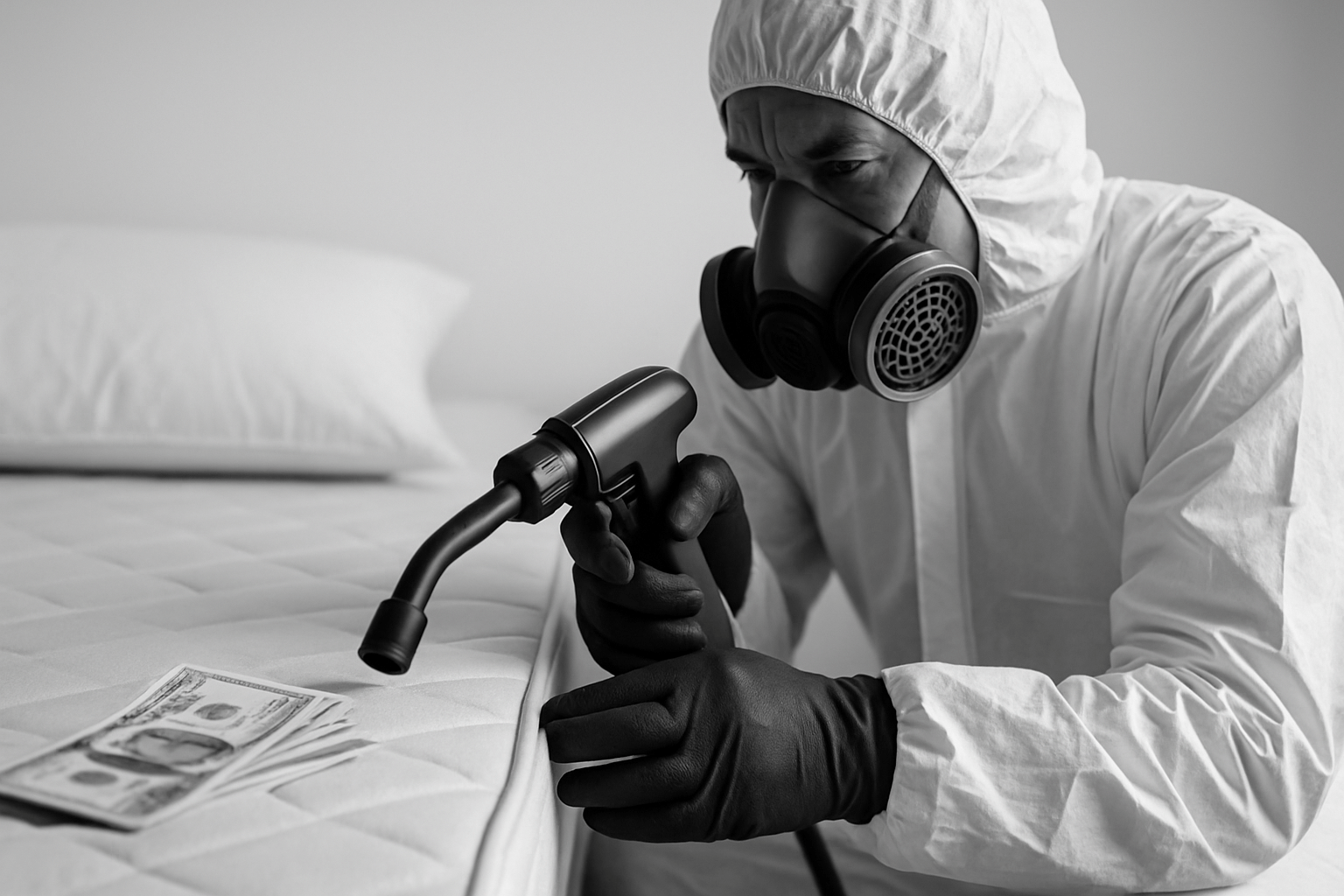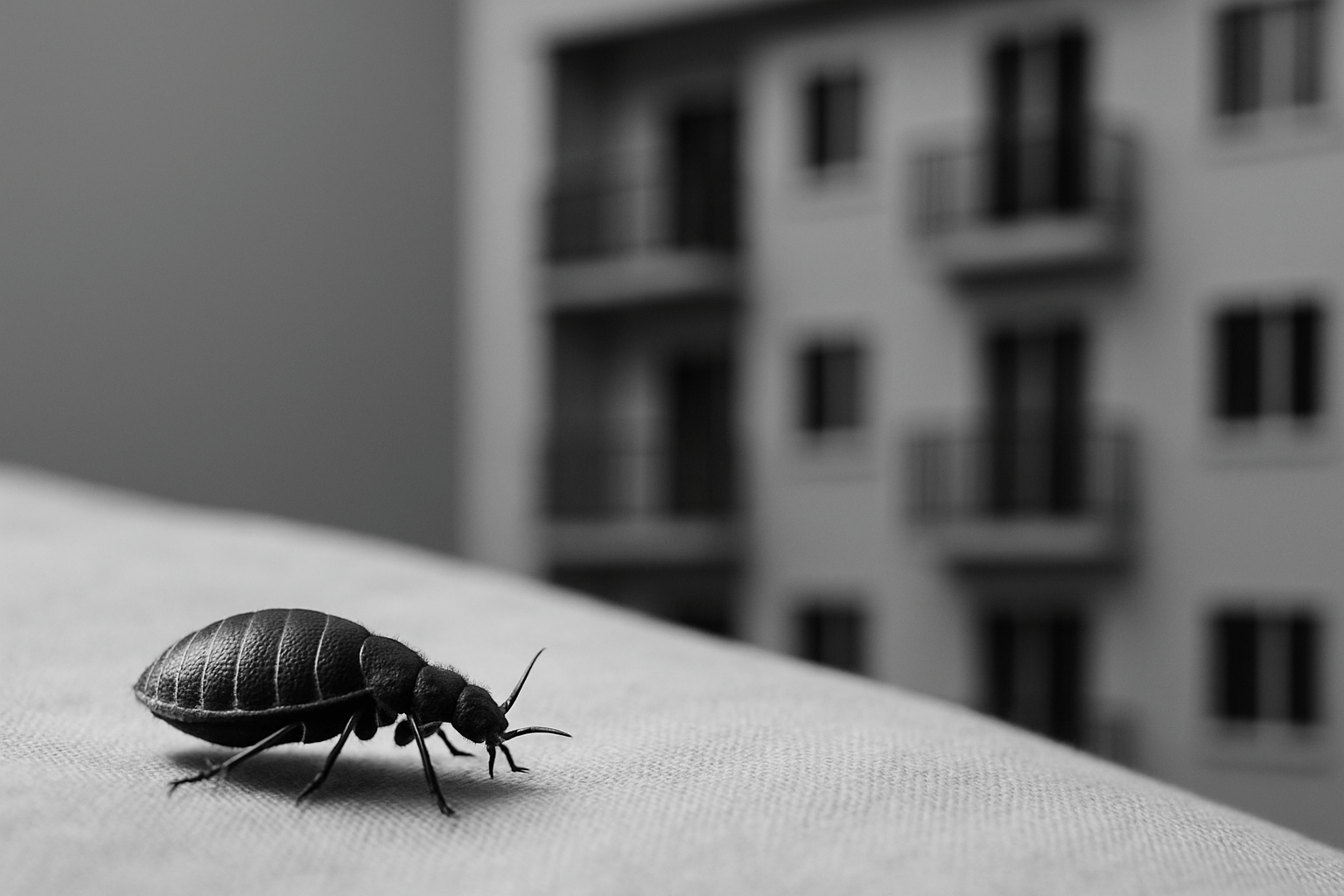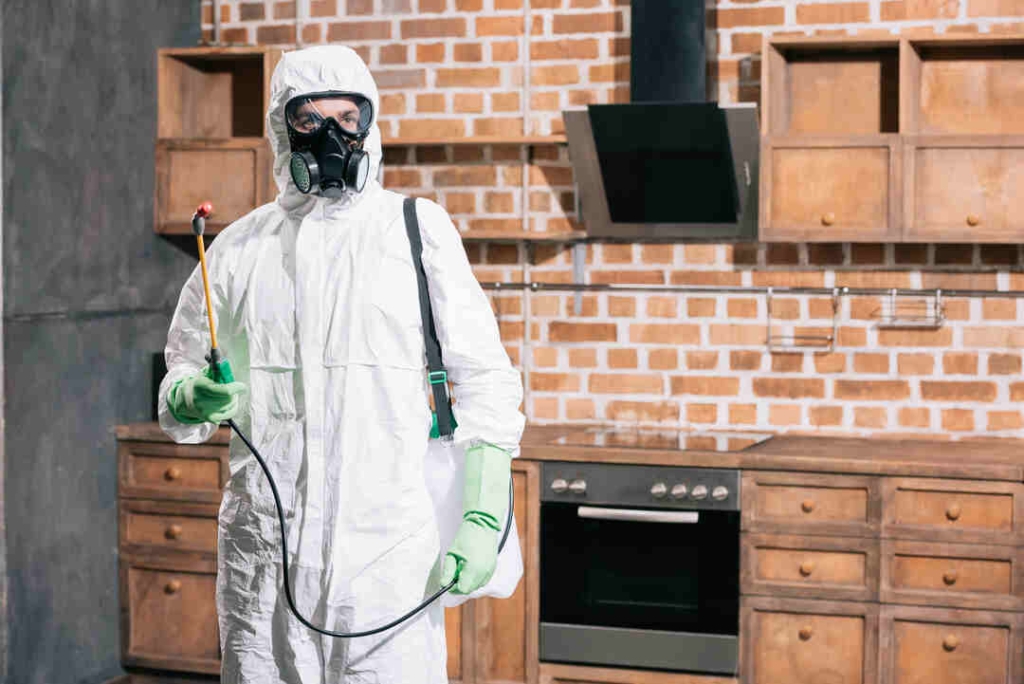
If you’ve ever battled pesky invaders like rodents, insects, or termites, then you know how frustrating and challenging it can be to keep your home or business pest-free. Thankfully, with the right knowledge and effective pest control strategies, you can regain control of your space and safeguard it against these uninvited guests.
In this comprehensive guide to effective pest control strategies, we’ll explore tried-and-true methods to eliminate and prevent pests. From understanding the biology and behavior of common pests to implementing eco-friendly solutions, we’ll cover it all. Whether you’re dealing with a minor infestation or seeking long-term prevention, this guide will equip you with the information you need to take control of your pest problem.
Discover practical tips for a variety of pest control concerns, including ant and termite eradication, rodent prevention, bed bug extermination, and more. Uncover the secrets behind successful pest control treatments that are safe for your family, pets, and the environment. Don’t let pests take over your space any longer – learn how to combat them effectively with this comprehensive guide.
Remember, a pest-free space is a happy and healthy space!
The importance of pest control
Pests can cause significant damage to homes and businesses. For instance, termites can eat away at the wooden structures of buildings, causing structural damage that can be expensive to repair. Rodents can chew through electrical wiring, leading to fire hazards, while bed bugs can cause painful bites and sleepless nights. Additionally, pests can compromise food safety and hygiene standards in commercial settings, leading to health code violations and legal consequences. Therefore, it’s crucial to take pest control seriously and implement effective strategies to prevent infestations.
Common pests and their impact on homes and businesses
Pests come in different shapes and sizes, and each type of pest has unique characteristics that determine its behavior and habitat. Understanding the biology and behavior of common pests is critical to implementing effective pest control strategies. Some of the most common pests that invade homes and businesses include rodents, termites, ants, cockroaches, bed bugs, and fleas.
Rodents, such as mice and rats, are prolific breeders and can quickly take over a building, contaminating food, and leaving droppings and urine trails. Termites, on the other hand, feed on wood and can cause extensive damage to the structural integrity of a building. Ants and cockroaches are attracted to food sources and can compromise hygiene standards in commercial settings. Bed bugs and fleas are blood-sucking pests that can cause itchy bites and transmit diseases. Knowing how to identify these pests and their impact on your space is critical to implementing the right pest control measures.
Integrated Pest Management (IPM) approach
Integrated Pest Management (IPM) is a holistic approach to pest control that involves identifying, assessing, and managing pest infestations in a way that minimizes risks to people and the environment. IPM involves a combination of strategies such as sanitation, exclusion, trapping, and chemical treatments, and is tailored to the specific needs of each situation.
The goal of IPM is to prevent pest infestations before they occur by implementing proactive measures such as sealing cracks and crevices, removing food and water sources, and maintaining hygiene standards. When infestations occur, IPM involves identifying the pest species and the extent of the infestation, selecting the most appropriate control methods, and monitoring the results to ensure effectiveness. IPM is an effective and sustainable approach to pest control that reduces the reliance on chemical treatments and promotes a healthy environment.
Identifying and assessing pest infestations
Identifying and assessing pest infestations is a crucial step in implementing effective pest control strategies. Knowing the signs of pest activity and the extent of the infestation determines the appropriate control methods to use. Signs of pest activity include droppings, urine trails, gnaw marks, tracks, and sightings of live or dead pests.
When assessing pest infestations, it’s important to determine the type of pest, the extent of the infestation, and the potential risks associated with the pest. For instance, a termite infestation may require extensive structural repairs, while a bed bug infestation may require specialized heat treatments. Assessing the risks associated with pests involves considering factors such as health risks, property damage, and legal liabilities. Identifying and assessing pest infestations is critical to implementing effective pest control strategies that are tailored to the specific needs of each situation.
Prevention and proactive measures for pest control
Prevention and proactive measures are key to effective pest control. Preventing pest infestations before they occur is more efficient and cost-effective than controlling established infestations. Some of the proactive measures that homeowners and business owners can take to prevent pest infestations include:
– Sealing cracks and crevices in walls, floors, and foundations
– Removing food and water sources by cleaning up spills and crumbs, and fixing leaks
– Storing food in airtight containers and disposing of garbage regularly
– Maintaining good hygiene standards by cleaning regularly and disinfecting surfaces
– Installing screens on doors and windows to prevent pests from entering
– Using pest-resistant materials in construction and renovation projects
Implementing these proactive measures will reduce the likelihood of pest infestations and promote a healthy environment.
Chemical pest control methods
Chemical treatments are often used to control established pest infestations. Chemical treatments involve the use of pesticides, baits, and traps to eliminate pests. However, chemical treatments should only be used as a last resort and should be applied by licensed professionals.
Chemical treatments can pose health risks to people and pets if not applied correctly. Additionally, over-reliance on chemical treatments can lead to pesticide resistance and environmental pollution. Therefore, it’s important to use chemical treatments sparingly and in conjunction with other pest control strategies. Furthermore, it’s crucial to follow the instructions on the label carefully and dispose of any leftover chemicals properly.
Natural and organic pest control solutions
Natural and organic pest control solutions are becoming increasingly popular as people seek eco-friendly and non-toxic alternatives to chemical treatments. Natural and organic pest control solutions involve the use of biological, mechanical, or cultural methods to eliminate pests. Some of the natural and organic pest control solutions include:
– Biological controls such as introducing natural predators or parasites to control pests
– Mechanical controls such as using traps or barriers to prevent pests from entering
– Cultural controls such as using crop rotation or companion planting to prevent pest infestations
– Botanical controls such as using essential oils or plant extracts to repel pests
Natural and organic pest control solutions are safe for the environment, non-toxic to people and pets, and effective when used correctly. However, it’s important to note that natural and organic pest control solutions may take longer to work than chemical treatments and may require more frequent applications.
Pest control for specific areas (e.g., gardens, kitchens, basements)
Different areas of homes and businesses may require different pest control strategies. For instance, gardens may require specialized pest control measures to prevent plant damage, while kitchens may require more stringent hygiene standards to prevent food contamination. Basements may require sealing cracks and crevices to prevent rodent infestations.
Understanding the unique pest control needs of different areas of your space is critical to implementing effective pest control strategies. It’s important to tailor pest control measures to the specific needs of each area, taking into consideration factors such as pest species, pest behavior, and potential risks.
Hiring professional pest control services
While DIY pest control solutions may be effective for minor infestations, more extensive infestations may require the services of professional pest control companies. Professional pest control companies have the expertise, equipment, and knowledge to identify, assess, and manage pest infestations effectively.
When hiring professional pest control services, it’s important to choose a licensed and insured company that uses eco-friendly and safe pest control methods. Furthermore, it’s crucial to read reviews and ask for referrals to ensure that you’re hiring a reputable company. Pest control prices should not be your criteria when it comes to serious infestations.
Conclusion: Maintaining a pest-free environment
In conclusion, effective pest control strategies are critical to maintaining a pest-free environment. Implementing proactive measures such as good hygiene standards, sealing cracks and crevices, and removing food and water sources is key to preventing pest infestations. When infestations occur, identifying and assessing the infestation, selecting the appropriate control measures, and monitoring the results is critical to effective pest control. Choosing eco-friendly and non-toxic pest control solutions, such as natural and organic methods, is becoming increasingly popular as people seek sustainable and safe alternatives to chemical treatments. Remember, a pest-free environment is a happy and healthy environment.


